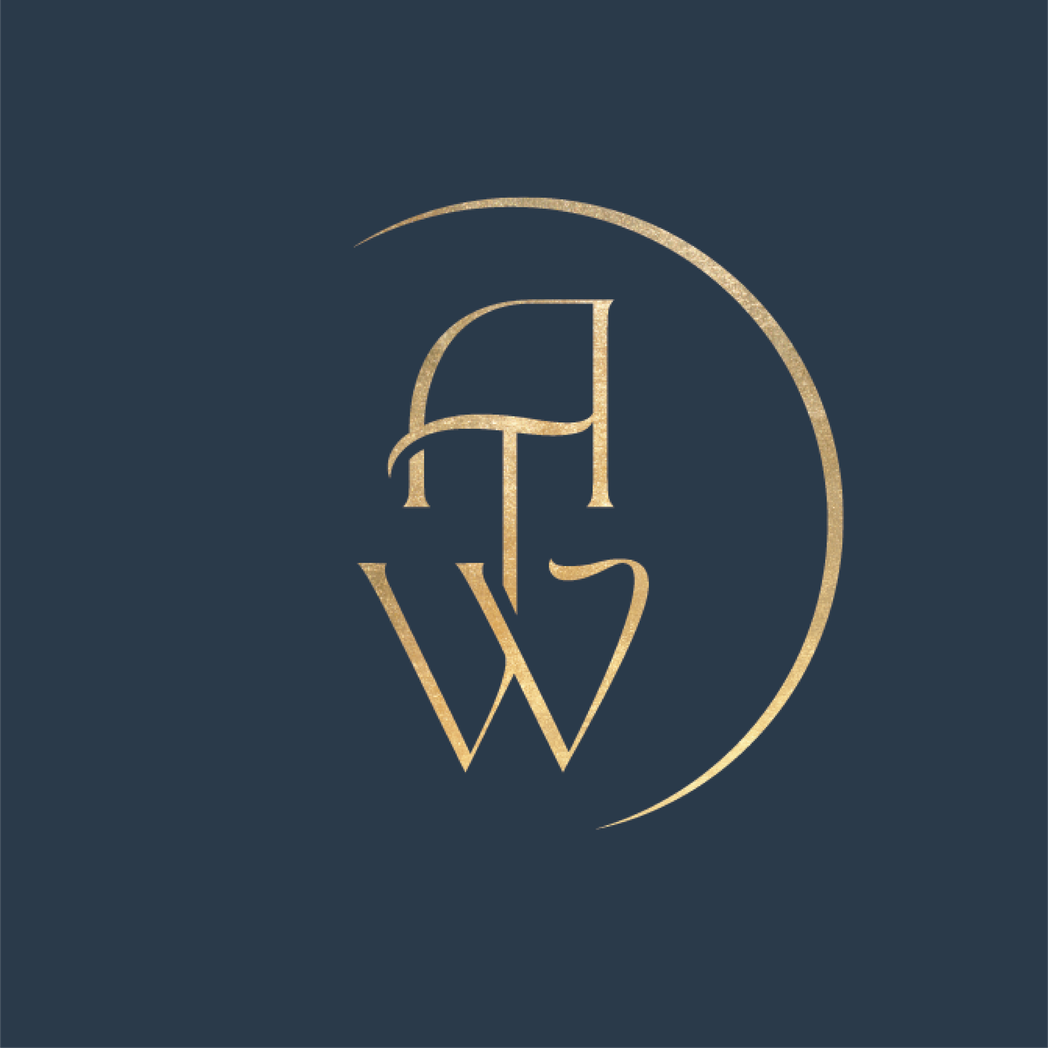(י) כָּ֥ל עַצְמוֹתַ֨י ׀ תֹּאמַרְנָה֮ יְהוָ֗ה מִ֥י כָ֫מ֥וֹךָ
(10) All my bones shall say, “God, who is like You?"
"All my bones shall say, "God who is like You?". This verse suggests that when we praise God we should involve our entire body.
Corresponding to what were these eighteen blessings instituted? When the Shemoneh Esreh was instituted by the Sages, on what did they base the number of blessings?
.....Rabbi Tanḥum said that Rabbi Yehoshua ben Levi said: Corresponding to the eighteen vertebrae in the spine beneath the ribs. Rabbi Tanḥum said that Rabbi Yehoshua ben Levi said: In those blessings where one is required to bow, one who prays must bow until all the vertebrae in the spine protrude.
With my head, I bend my head and bow down in prayer…And I also wear phylacteries [tefillin] on my head. With my neck, I fulfill the precept of wrapping oneself in fringes [tzitzit]. With my mouth, I praise You, as it says: “My mouth shall speak the praise of God” (Psalms 145:21)…With my face, I prostrate myself, as it says: “He fell down on his face to the earth” (Genesis 48:12)… With my nose, when I smell spices with it [during the Havdalah blessing said] at the outgoing of Shabbat. With my ears, I listen to the singing of the Torah.
“Kneeled upon his knees three times a day, and prayed, and gave thanks before his God, as he had done previously”
The Sages taught: The term kidda indicates falling upon one’s face, with one’s face toward the ground, as it is stated: “Then Bathsheva bowed [vatikod] with her face to the ground” (I Kings 1:31). Keria means bowing upon one’s knees, as it is stated with regard to Solomon: He finished praying and “he rose from before the altar of God, from kneeling [mikkeroa] upon his knees” (I Kings 8:54). Finally, hishtaḥava’a, that is bowing with one’s arms and legs spread in total submission, as it is stated that Jacob asked, in response to Joseph’s dream: “Shall I and your mother and your brothers indeed come to bow down [lehishtaḥavot] to you to the ground?” (Genesis 37:10).
Bowing: What is implied? One praying bows five times in each and every Amidah: In the first blessing, at the beginning and at the end; in the blessing of thanks, at the beginning and at the end; and upon completing the Amidah, one bows and takes three steps backwards while bowing. She takes leave from her left and afterwards, from her right. Then, she lifts her head up from the bowed position. When she bows the [other] four times, she does so at [the utterance of the word] "Blessed" and straightens up when [reciting] God's name. To whom does the above apply? To an average person. However, the High Priest bows at the beginning and end of each and every blessing. A queen bows at the beginning [of the Amidah] and does not lift her head until she completes her whole Amidah.



